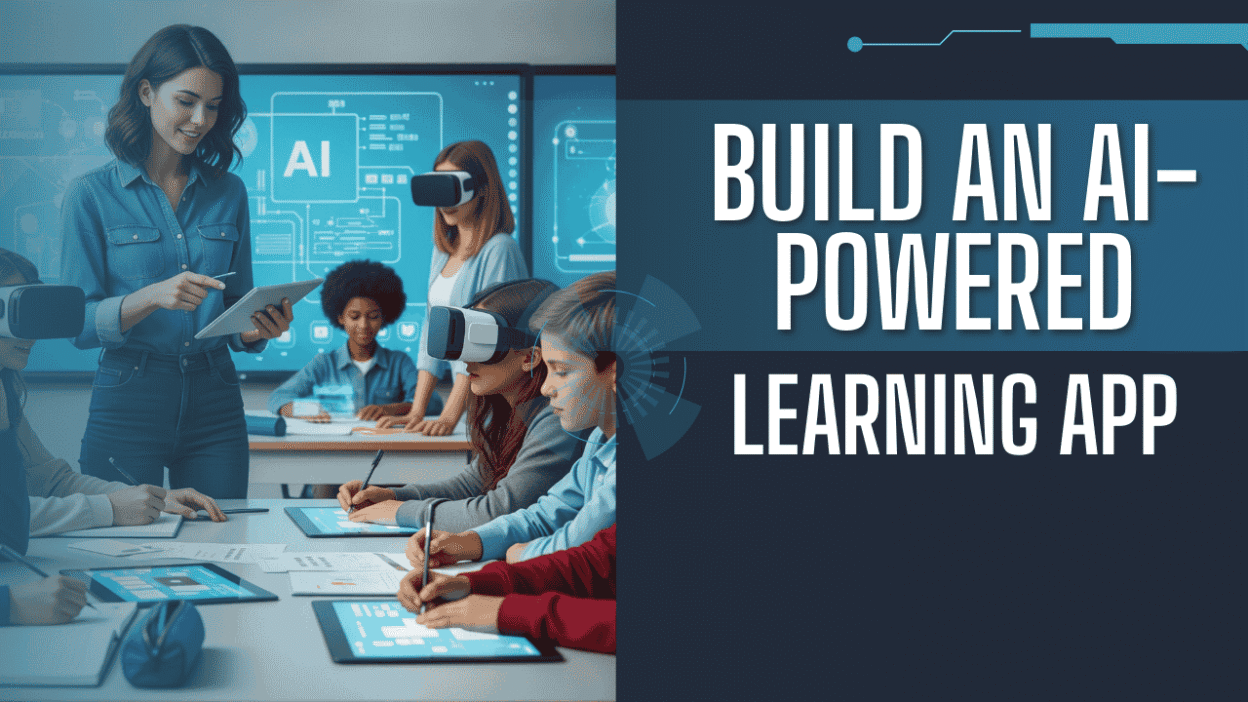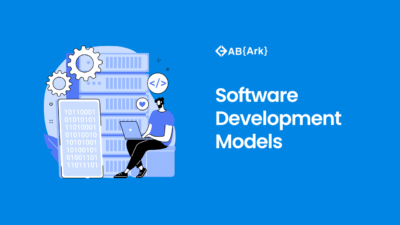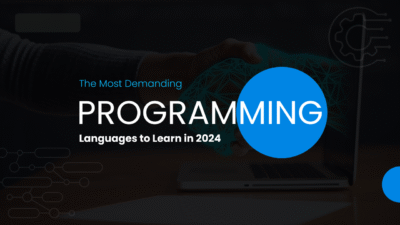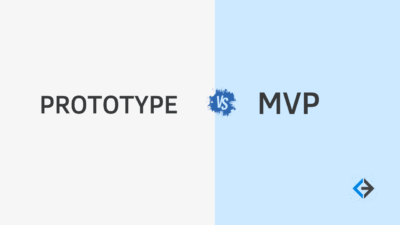Traditional online courses often feel generic. Learners sit through the same modules, regardless of their skill level, motivation, or learning style. Many drop out because the content doesn’t adapt to their needs.
Imagine being stuck in a one-size-fits-all online course when you’re either way ahead or far behind. Learners lose motivation, educators waste time repeating tasks, and the learning experience becomes more frustrating than inspiring.
That’s where an AI-Powered E-Learning App with virtual tutors steps in. By blending adaptive learning, personalized pathways, and real-time tutoring, these apps revolutionize the way learners engage with content. In this blog, we’ll explore how to build such an app, the features to include, best practices, challenges to consider, and future trends to watch.
Key Components & Features of an AI-Powered E-Learning App
When planning your app, focus on building core features that deliver personalization, automation, and engagement.
- Adaptive Learning Pathways – Use AI algorithms to analyze learner behavior, quiz scores, and content interaction. Adaptive learning ensures each student follows a path suited to their pace and knowledge gaps.
- AI-Assisted Content Creation – Integrate tools that automatically generate quizzes, flashcards, and summaries. For example, AI can transform a long lecture into a short microlearning module.
- Intelligent Recommendations & Search – Like Netflix recommends shows, your app can recommend lessons based on progress, interests, and weak areas. This keeps learners engaged and returning.
- Virtual Tutors & Chatbots – An AI tutor simulates a human teacher by answering questions, explaining concepts, and guiding learners through problems. Virtual tutors like Khanmigo and QANDA already demonstrate how effective this can be.
Benefits of Building an AI-Powered E-Learning App
So why invest in such technology? Here are the biggest benefits:
- For learners: Personalized learning paths mean higher retention and improved performance. Adaptive feedback ensures no one feels left behind.
- For educators: Automation reduces the time spent creating quizzes or grading. Instead, teachers focus on higher-value tasks like mentoring.
- For organizations: AI-driven insights help track progress, identify skill gaps, and align training with business goals.
- For accessibility: Features like voice recognition and AI-driven translations make learning inclusive for global and differently-abled users.
By blending automation with personalization, an AI-powered platform ensures better engagement and stronger results than traditional e-learning.
Examples of Popular AI-Powered E-Learning Platforms
Looking at current leaders can help inspire your own app design:
- LearnWorlds – Provides AI course planners and feedback generators for educators.
- 360Learning – Uses generative AI to help subject matter experts quickly create training materials.
- Vocaliv – Offers 24/7 Ai-powered Teacher For Personalized Learning.
- Docebo – Features intelligent tagging and deep search to streamline large course libraries.
- Mindgrasp – Converts notes, books, or videos into flashcards, summaries, and quizzes instantly.
- Khanmigo – A trusted AI tutor aligned with Khan Academy’s vast library of educational resources.
- QANDA – Solves math problems through OCR scanning while offering tutoring assistance.
These platforms highlight how AI tutors and content generation can combine to create engaging, flexible, and scalable solutions.
How to Choose the Right AI-Powered E-Learning App Model
If you’re building your own solution, start with clarity:
- Define your audience – Are you targeting schools, universities, or corporate learners?
- Pick your feature focus – Virtual tutors, adaptive content, analytics, or all of the above.
- Balance automation with oversight – Ensure AI-generated lessons are accurate and reviewed by educators.
- Check scalability – Your platform should support growing user bases without performance issues.
- Evaluate integration – Can it connect with existing LMS systems or workplace tools?
By narrowing these factors, you can design an app that delivers practical value rather than just chasing AI buzzwords.
Implementation Tips & Best Practices
Building the app is just the first step. To ensure adoption and impact:
- Set clear learning objectives before adding AI features.
- Blend human and AI instruction – virtual tutors enhance, not replace, educators.
- Leverage learning analytics – monitor progress and update content accordingly.
- Prioritize accessibility – include voice learning, captions, and mobile-first design.
- Test for accuracy and bias – always validate AI outputs with expert review.
A thoughtful approach ensures your AI-powered app drives real results rather than overwhelming users.
Challenges and Considerations
Like any technology, AI in education comes with challenges:
- Over-reliance on AI can limit critical thinking if learners expect instant answers.
- Bias in algorithms might affect fairness and accuracy.
- Data privacy is a huge concern—safeguarding student data is critical.
- Resistance to change among educators may slow adoption.
The key is positioning AI as a support tool, not a full replacement for educators.
Future Trends in AI-Powered Learning
The future of e-learning is exciting:
- Voice-based tutors will answer questions through natural conversations.
- AR/VR learning environments will merge virtual classrooms with immersive content.
- AI for inclusivity will assist students with disabilities, using audio learning or AI-driven translations.
- Predictive analytics will identify dropout risks early and suggest interventions.
By anticipating these trends, your app can stay competitive and future-ready.
FAQs
- What is an AI-Powered E-Learning App?
It’s a digital learning platform that uses artificial intelligence to personalize learning, create adaptive content, and provide real-time tutoring. - How does AI personalize learning?
AI analyzes student behavior and adjusts lessons, quizzes, and recommendations to suit their level and pace. - Are AI-generated lessons accurate?
They can be, but human oversight is necessary to ensure accuracy and alignment with educational goals. - Can AI replace teachers?
No. AI tutors are excellent assistants, but human educators remain essential for mentorship, empathy, and deeper guidance.
Building an AI-Powered E-Learning App with virtual tutors is more than just a tech project—it’s about creating engaging, inclusive, and adaptive learning experiences. By combining adaptive learning pathways, AI-generated content, and intelligent virtual tutors, you can deliver a platform that enhances both teaching and learning. The future of education lies in collaboration between AI-driven personalization and human oversight, ensuring the best of both worlds for learners everywhere. Take the next step toward innovative education build your AI-powered e-learning platform here.




